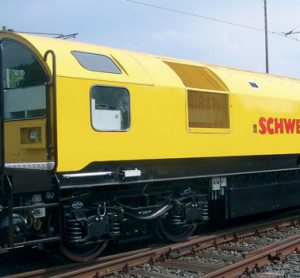Benchmarking ERTMS implementations
15 May 2009 | By Paolo de Cicco, ERTMS Platform Manager, UIC
Details of the ERTMS Benchmark project which was launched with the objective of providing UIC members with a methodology and framework for an international economic evaluation and benchmark of ERTMS implementations.







